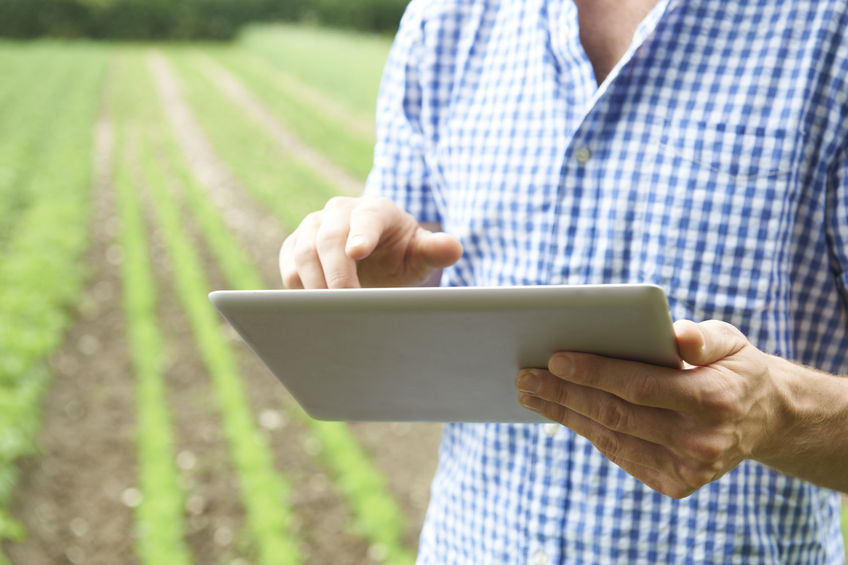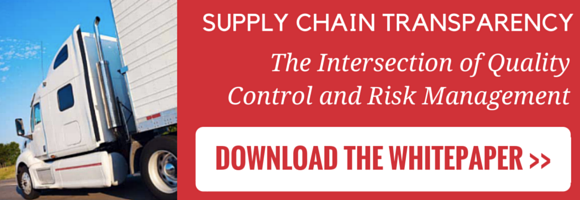
Demand for bacon is up, regulatory requirements are more stringent and consumers are more insistent than ever on knowing about the food supply chain that brings them the products that they eat. Coping with these demands in legacy systems can be a nightmare. What you need is up-to-date supply chain technology to increase the data you collect and make it easier to see what is going on in your supply chain. In this quest, there are three technologies that many find invaluable.
1. Enhanced Bar Codes
More and more, consumers are demanding to know where their food products come from, yet the increasing complexity of most supply chains can make it difficult to fulfill that demand. As food safety concerns move toward center stage, the amount of data food producers are required to track becomes more detailed, as well.
Bar codes that are coded to include Global Trade Item Numbers (GTIN) are a start. By using these standardized numbers throughout a supply line, you can automatically get access to information about whether ingredients are sustainably produced, GMO-free or meet any number of other criteria, but some organizations are going farther than that to put more information into each tag.
Ohio restaurant chain Buffalo Wings and Rings, for instance, labels pallets with information that includes the packing dates, item name, allergen details, nutritional facts, halal and kosher status and other data that is expressed in a single consolidated bar code. With all of this information available, you can more easily keep in compliance with federal and local regulations and give curious consumers the information that they ask for.
2. RFID and Wi-Fi Enabled Tags
Hand recording information can be unwieldy. Even barcodes involve a human element and people can forget to scan items when they come in and go out. RFID tags are inexpensive and can give information about a food product's whereabouts throughout the food supply chain.
Tags can frequently be read from several inches or even several feet away. This means that they can be scanned by integrated readers automatically as they enter or leave a facility. The level of touch needed to track inventory is cut down, leading to a more efficient use of your personnel.
More advanced tags can even track information such as temperature during transit. With foods that must be stored within specific temperature ranges to be safe, you can be more certain that all of the items that are entering your hands have been stored correctly and have not been compromised.
3. CRM
While most people think of CRM as sales and marketing tool, it can be a valuable supply chain technology, as well. Customer relationship management software makes it easier to manage inventory, predict demand and increase your sales. Purchase history, buying patterns and other information is available at the click of a button. Many high quality CRM options also allow you to create reports that can help you see which goods enjoy the greatest sales numbers and which are lingering on the shelves.
A CRM can also be integrated with your inventory so that these two systems can be used together. This allows you to run a far leaner enterprise, purchasing just as much as is needed to keep up with demand. This reduces waste, reduces the need for storage facilities and dramatically improves your bottom line.
The food landscape is continuing to change. With new consumer demands from more information and increasingly complex regulations, it can be hard to keep up. But, canny use of new supply chain technology can make the job easier. Simplify your food supply chain tracking and improve both your data and your bottom line by implementing some of the newer systems that make your job easier.






